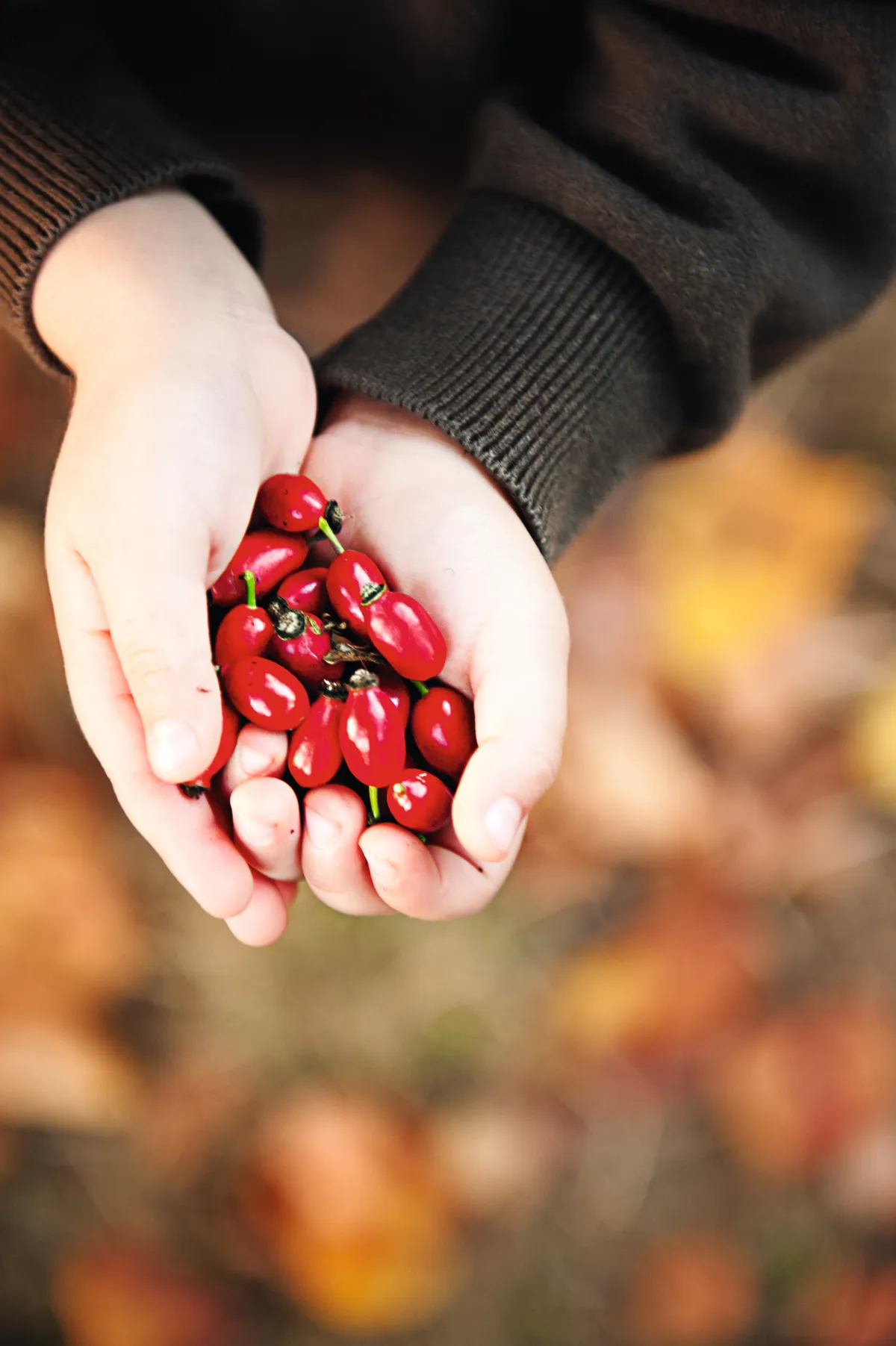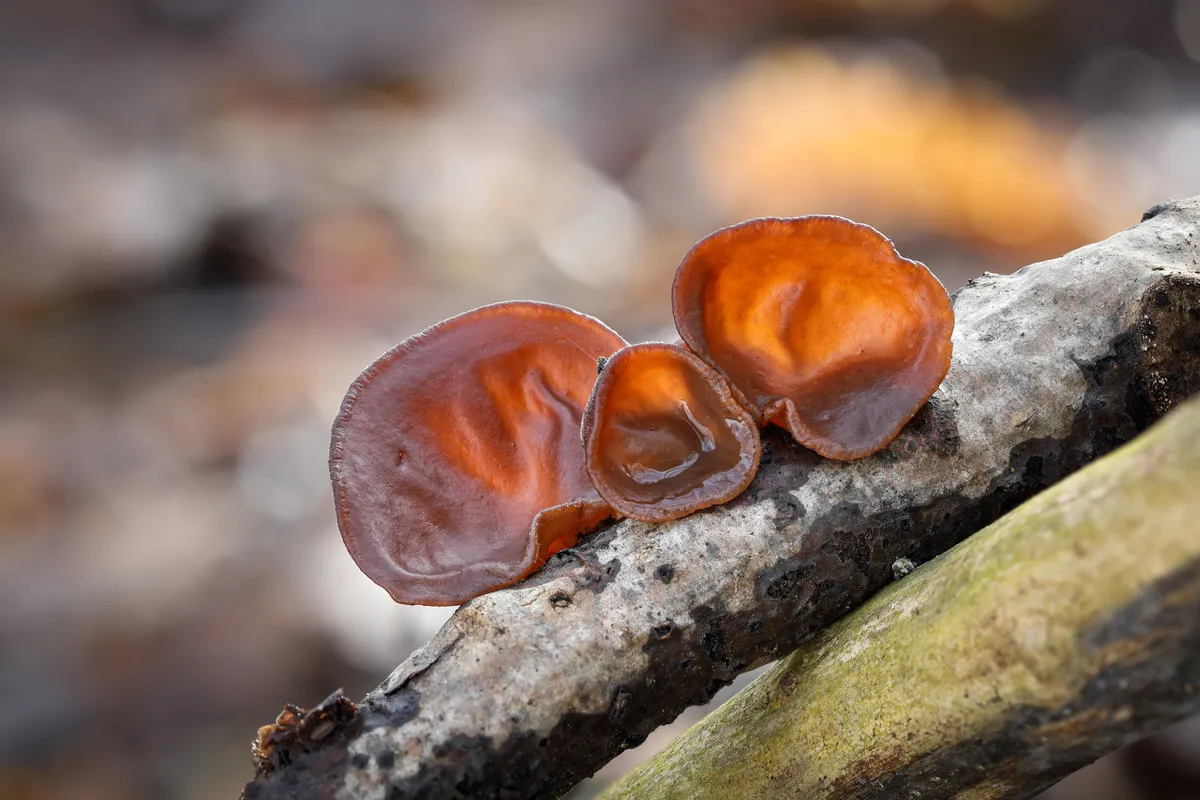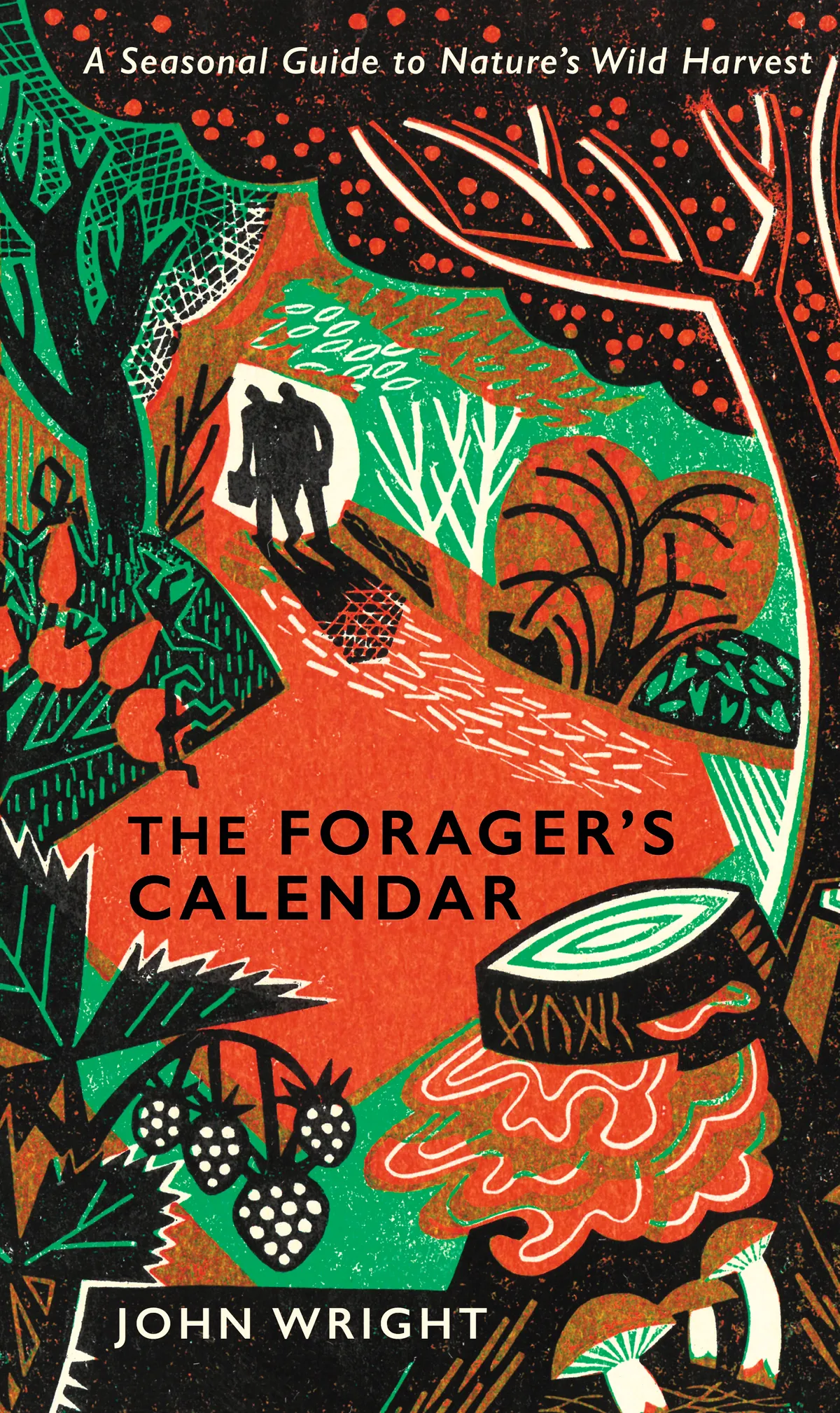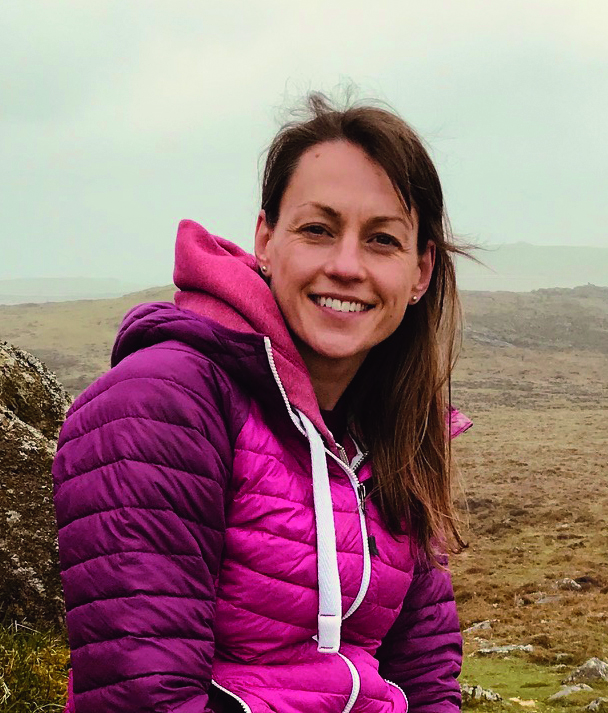How much plant knowledge do you need in order to go foraging?
It certainly helps to know something about plants. But we happily send children out to pick blackberries – it is a simple matter to identify the majority of common plants and some that are edible are already familiar to many.
Rosehips (pictured below) grow everywhere, including the garden, there are vast numbers of wild apples worth collecting and sloes for sloe gin. Fat hen, spear-leaved orache, chickweed, dandelion and stinging nettle are common garden weeds and are either familiar or easy to identify with the help of a book.

What should we be looking for in spring?
There are dandelion and gorse flowers for a wine or syrup, bulrush, hop and ground elder shoots, and my favourite spring delicacy, the St. George’s mushroom can be found, if you are lucky. The latter is substantial, off-white all over and with the aroma of raw pastry. It is the only large mushroom to make an appearance so early.
Is there anything worth collecting in the depths of winter?
We always have sea beet for Christmas dinner, making a cheerful expedition to pick from one of my spots on Christmas Eve. The jelly ear fungus (pictured below) is often common in the depths of winter and, my favourite wild salad ingredient, black mustard, is at its very best in winter. Do try this fiery plant if you get the chance – it has an intense peppery flavour with added sweetness and complexity. Superb stuff.

Where and when do you like to go?
The seashore is the most giving and the most natural of our available environments. Here, I can collect clams, seaweeds and the many edible seashore plants. I am a devout mycophile, so September and October are the best months in my opinion, for that is when the mushrooms arrive. The fungi are so beautiful, and many common species are very good to eat. Also, in September, my favourite seaweed, dulse, is fully grown and ready to harvest.
Can foraging have a negative impact on certain areas or plant life?
I have heard this complaint many times. Agriculture and horticulture, much as we could not do without them, require the wholesale removal of land from the purview of the natural world. Picking a few leaves here and there, collecting any amount of wild fruit, or gathering a few mushrooms will not damage the natural world at all. The wild is wild when the forager arrives and wild when he or she leaves.
John Wright is a forager and the author of a range of books including The Forager's Calendar, A Natural History of the Hedgerow and a number of River Cottage handbooks.
- Buy now from Amazon, Bookshop, Hive, Waterstones





